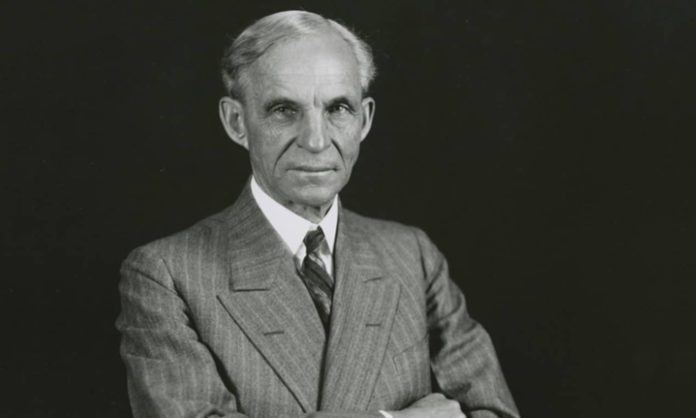In an article for the Stage 32 blog, Michelle Meek offers advice for building your creative support network, which she calls the Mastermind Group. “Mastermind groups are well known in the business community, yet rarely used by filmmakers, writers, actors, and other artists,” she writes. “Personally, I think it’s time creatives start leveraging this idea for themselves.”
In the business world, a Mastermind Group is an unofficial gathering of “great minds” who discuss big ideas and offer advice and support for new initiatives. While its expensive to join a Mastermind Group in the real world, creatives can harness this idea at no cost. “The core principle is that two heads are better than one, and five are better than two,” Meek explains. “Of course, for that to be true, you need to bring the right heads together in order to access intelligence and knowledge beyond your own individual experience.”
These collaborations can produce new ideas, questions, answers, and action plans, and are generally more fun than brainstorming solo.
Ultimately, a mastermind group is a regular meeting of about 5-8 members who come together for mutual accountability, brainstorming, feedback, and peer support. “I believe that this idea is particularly needed in our creative community of entrepreneurs and artists because we do so much of our work in isolation,” Meek says. “A mastermind group enables us to combine our experience, hold each other accountable, foster collaborations, and access the motivation and support needed to propel our professional paths forward.”
So, how do you gather a Mastermind Group? Meek suggests some steps:
- Find your cohort. Someone has to start the group and it might as well be you. As you brainstorm members to invite, remember that it’s easier to invite someone than un-invite, so choose carefully. Find people who share your core values and whom you can trust. Prospective members should be able to give as well as take from the group dynamic. “It’s easier to come up with a list of people who need this sort of group than people whom this sort of group needs,” Meek says. “But, trust me, not everyone would be a constructive member of such a group.” Ask if your potential member is actively working on their professional goals, is excited by new ideas, curious about your creative community, and willing and eager to help others.
- Consider the dynamic. Meek suggests creating a mixed group. For example, you might be tempted to create a group of writing masterminds, but graphic designers, actors, filmmakers, and even entrepreneurs might help create a more dynamic and helpful environment.
- Show up. Everyone – including you – must commit to showing up regularly. Meet as a group to decide how often you’ll meet and whether your group will have a finite shelf life. Schedule a chunk of meetings in advance so that everyone understands the commitment before they make it.
- Set the stage. What form will the meetings take? That’s up to you, but you should structure gatherings to ensure that everyone gets a chance to speak and ask for input. If you have a specific goal for the group, incorporate that into your planning. However, be open to evolving the group over time. Feedback, inquiry, and brainstorming will naturally shape the way you – and the group – think about your meetings.












